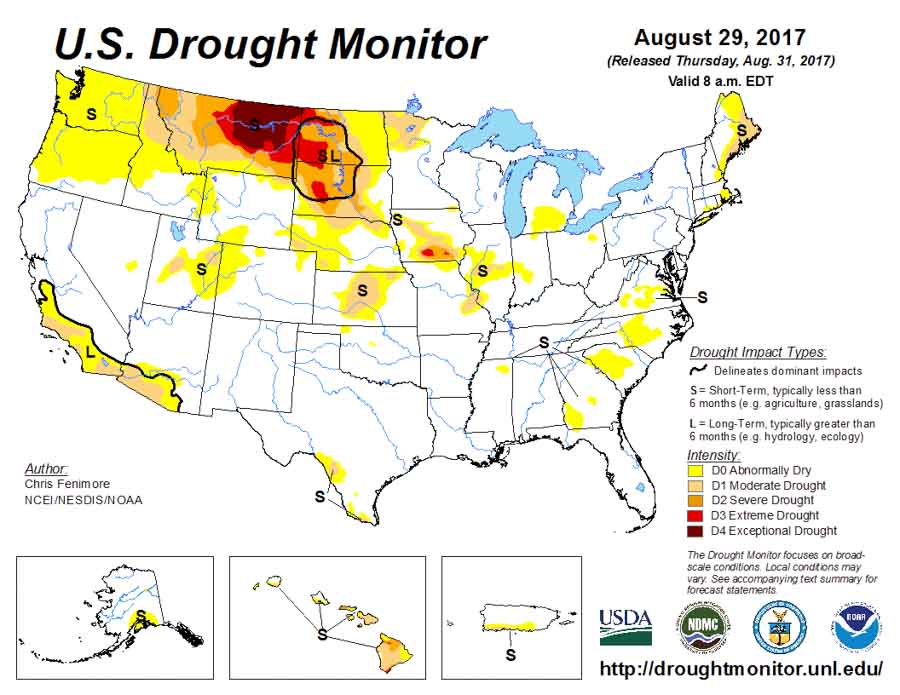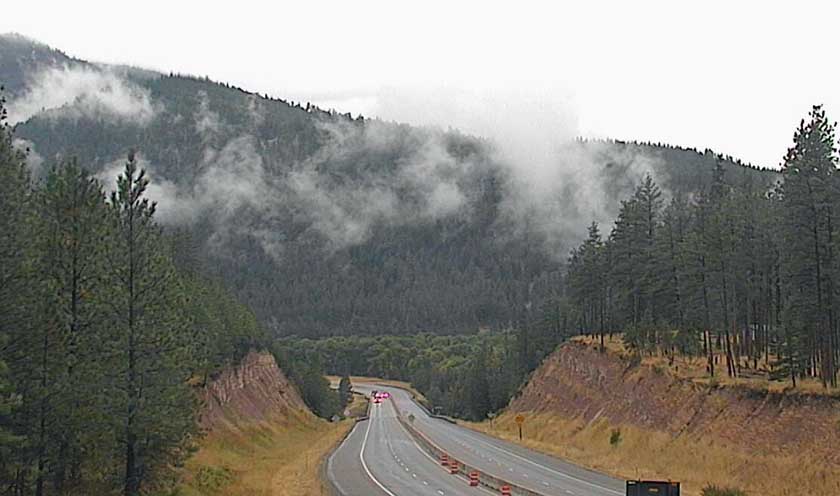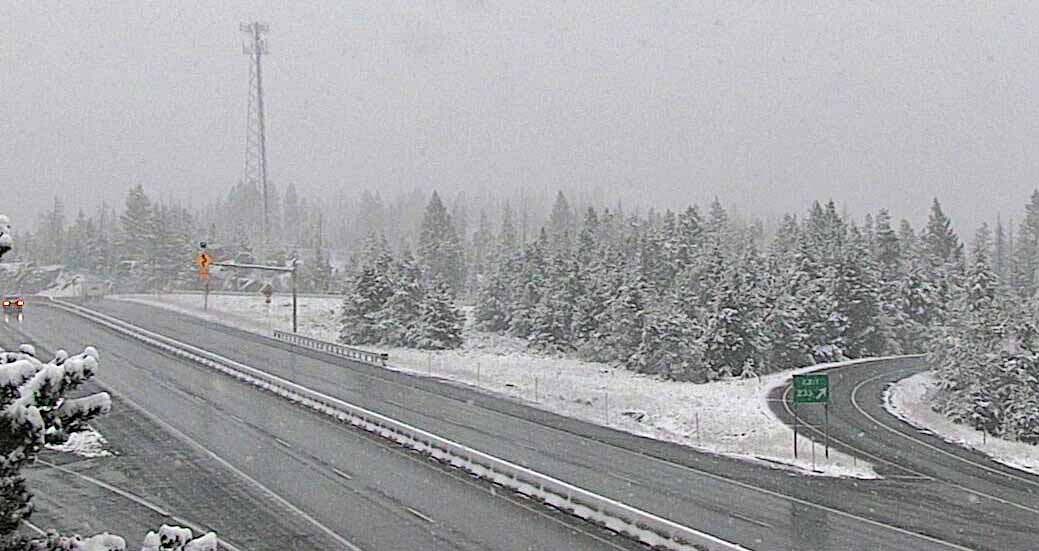At the beginning of the month here on Wildfire Today we usually summarize the National Interagency Fire Center’s (NIFC) monthly prediction of wildfire potential for the next three to four months. Their analysis represents the cumulative forecasts of the ten Geographic Area Predictive Services Units and the National Predictive Services Unit.
The primary variable factors that affect large scale wildfire activity are the condition of the fuel (vegetation) and the weather when the fires ignite and continue to burn. In the western United States the amount of the lighter fuels available, such as grass, is affected by the precipitation in the winter and spring. That same precipitation also affects the amount of moisture in the live fuels as well as the dead and down duff and woody material.
Another factor that we have often said is even more important than conditions in the winter and spring is the weather DURING the fire season. In the West if the summer is relatively cool and wet, the fire activity will be less intense than average. On the other hand, a hot, dry summer can lead to more acres burned than normal — in spite of the winter/spring weather.
When someone asks me during the first six months of the year for my prediction of the coming Western fire season, I will tell them to ask me again in August.
This year many areas in the West had unusually high amounts of rain and snow over the winter which might have led some prognosticators to assume there would be fewer fires in the summer. But that has not been the case.
Nationally, according to NIFC, 8.4 million acres have burned so far this year, which is 47 percent higher than the 10-year average to this date. Montana, which accounts for 1.2 million of those blackened acres, has been a focal point for seemingly endless fires producing staggering quantities of smoke. Combined with the smoke created by other fires in Idaho, Oregon, Washington, and northern California, the fouled air has affected residents across large sections of the country.
A spokesperson for Montana’s Department of Natural Resources and Conservation, Angela Wells, said “the period from June to August was the hottest and driest on record in Montana, and our fire season started about a month earlier than it usually does.”
It is extremely difficult to accurately predict the weather more than three or four days in advance. Attempting to forecast wildfire activity three or four MONTHS out, takes audacity. On June 1 NIFC produced the following graphic as part of their monthly report, illustrating their prediction for “normal” fire potential in Montana, Idaho, Washington, Oregon, and extreme northwest California.
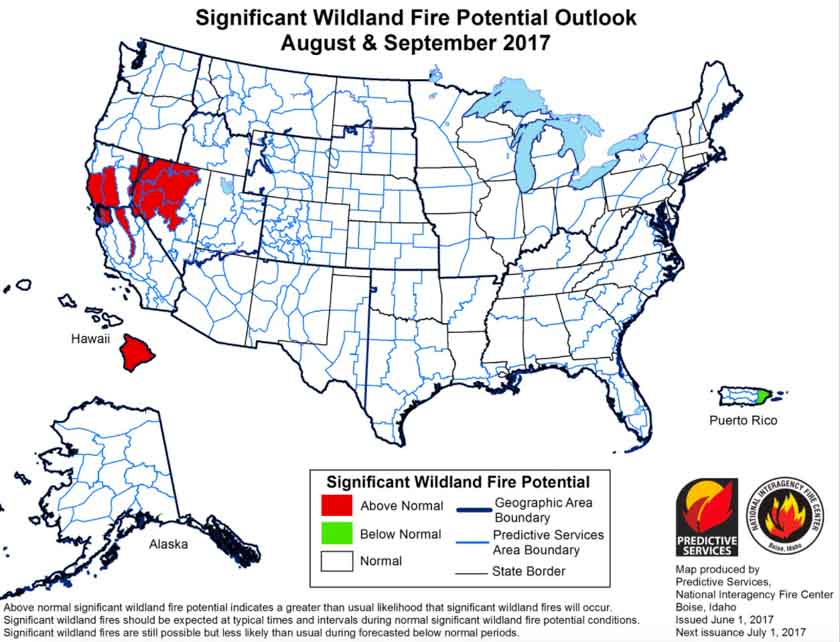 As we now know, those areas had a very active summer fire season. The map below shows in red, heat on fires detected by a satellite on August 31, 2017.
As we now know, those areas had a very active summer fire season. The map below shows in red, heat on fires detected by a satellite on August 31, 2017.
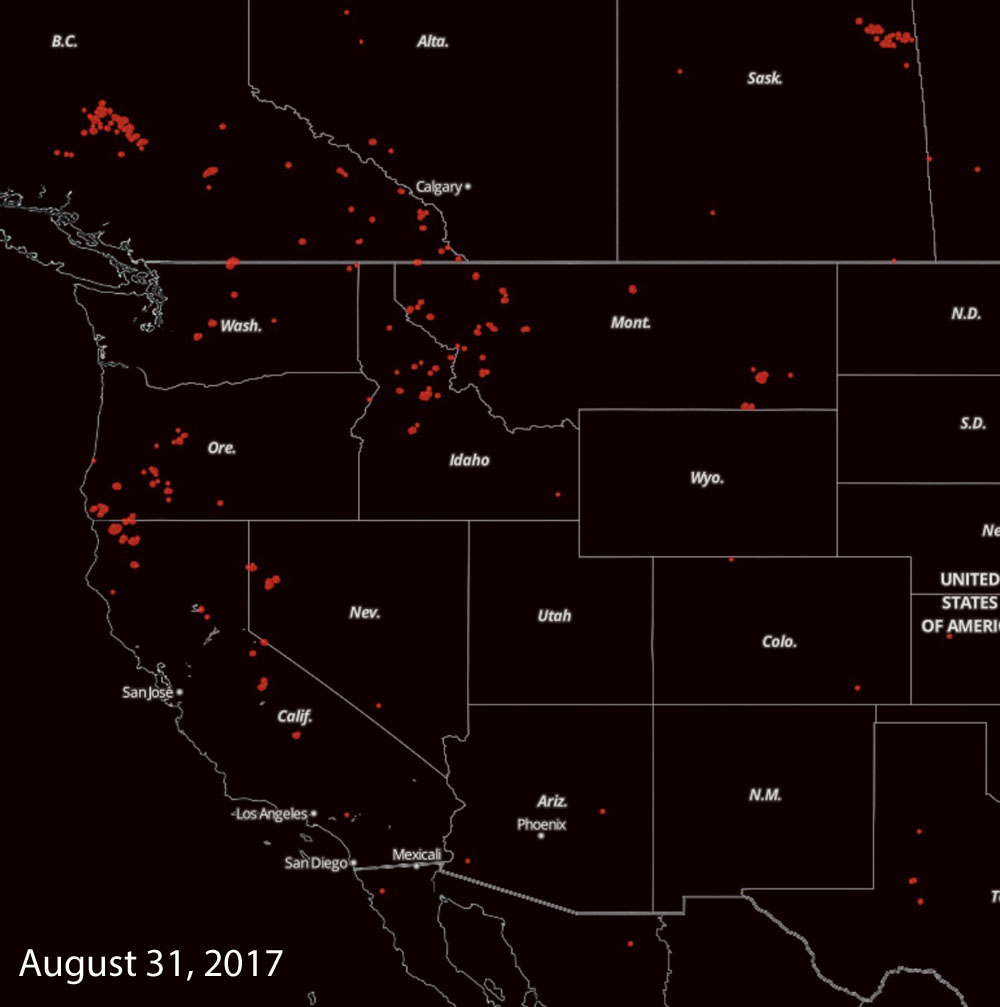
Here is an excerpt from NIFC’s analysis that was published on June 1, 2017:
Above normal precipitation and soil moisture is leading to a robust green-up across the West. Overall cooler than average temperatures and a heavy snowpack have led to slower than normal melting of the mountain snowpack in nearly all locations across the West. This should lead to a delayed start to the fire season in the higher elevations which may, in turn lead to a compressed season…
Above normal large fire potential will continue across southeastern Georgia and Florida into mid-June before the cumulative effects of precipitation events begin to take hold. Below Normal potential is expected across most of the remainder of the southeast through July before returning to Normal for August and September. Recent dry conditions across the southwest will lead to Above Normal potential across southeastern Arizona and Southern California. Below Normal to Normal large fire potential is also expected in the a majority of the higher elevations across the West in June and July.
July and August may be periods of concern. Above Normal potential is expected across the western portion of the Great Basin and across the middle elevations in California in July and August after the abundant grass crop cures. Fire activity will be mostly driven by short term weather events.
Below is the Drought Monitor from August 29, 2017:

